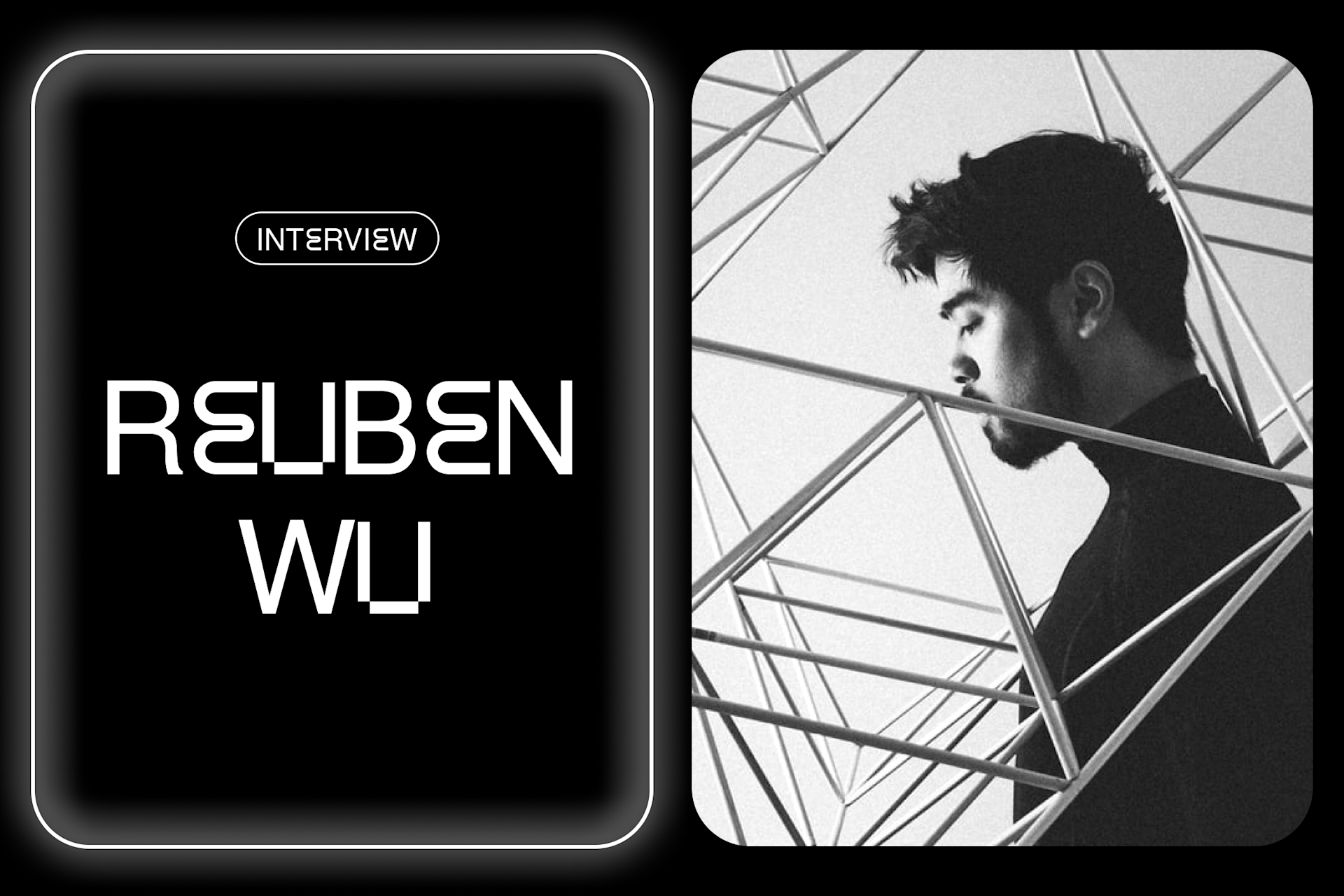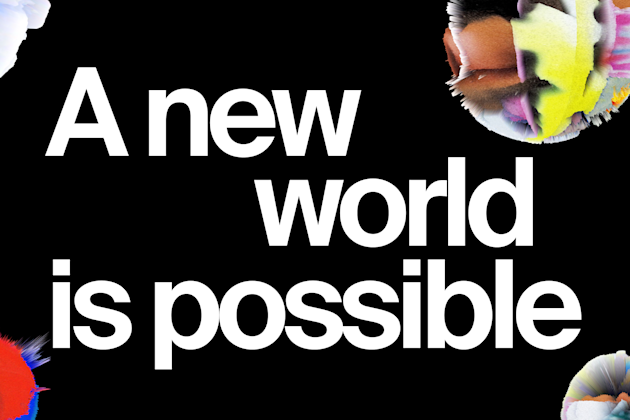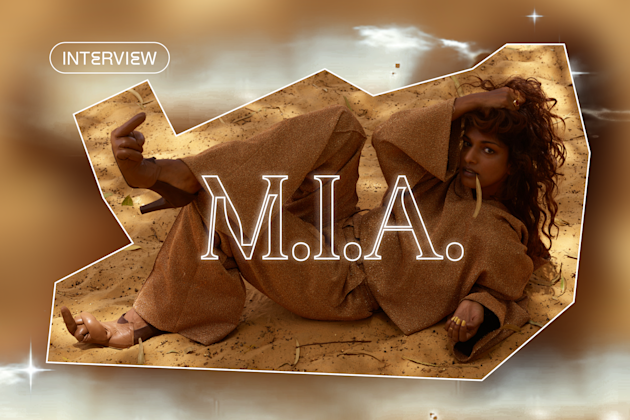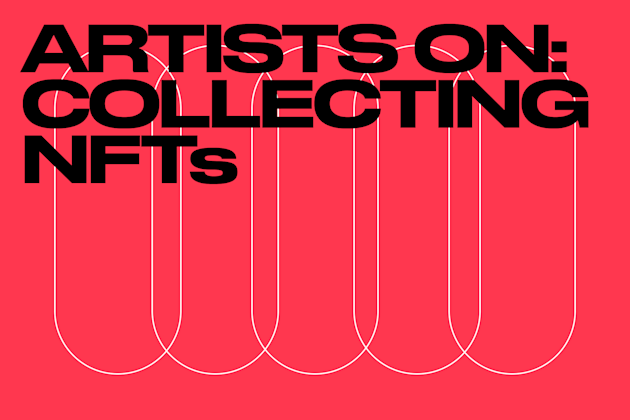Reuben Wu is photographing the future.

Photographs, like music, can create an echo of a time and a place—which Reuben Wu knows well. As a member of electronic band Ladytron and photographer pushing the boundaries of NFTs, his creative practice explores memory and otherworldly compositions that explore the unknown. Wu’s distinctive use of drones and light add another dimension to traditional forms of landscape photography.
Now, he’s building an expansive canon of impactful photography works as NFTs. It can be easy to forget that photography has been the underdog of the art world for decades, especially when you see Wu’s entry into the NFT space.
We spoke with him about authenticity, allowing serendipity to happen, and how he’s exploring the unknown in both the material and digital realms.
You could’ve redefined yourself in a number of ways when you came into the NFT space, but you arrived organically, with your practice intact, and it’s been really special to watch. How have you experienced the reception to photography?
There’s a really strong community around NFTs. It’s been incredible to see how much support artists are giving each other. People had been telling me to get into NFTs for a long time, before I had any idea what they were or how artists could approach them. When I finally got into it and made connections between the technology, what NFTs could be as a medium, and how they might relate to my own work, I saw a clear connection with specific projects and processes that I had already been exploring for a few years. It’s been really encouraging to be able to enter this space as a photographer and get so much encouragement for it. I’ve had nothing but incredible support from my peers and the creative community.
That’s amazing to hear! You're a Renaissance figure of different media, yet you've chosen photography to make the leap. How do you see photography and the NFT community coming together? Where do they align best?
I don't really think of myself as a photographer, but more as an artist who is using photography to express my ideas. Previously, I used music to express my ideas. It's liberating to not define my work within any particular medium—and that really has shaped the way I think about what I do with photography. I'm using the camera as a tool to help me create imagery, but with a much more expansive approach.
I combine the camera with my background in music-making to create something that I can have complete control of, from the initial idea to the final production. My life has had a creative arc, and it’s getting to a point where I feel most like myself. This is my third career—and it's where I feel my soul is. I might not use a camera in ten years, but it feels like me right now.
It's interesting that you define photography as a solo pursuit. It's a solemn focus on what you're doing and how you're mastering it, which can be a strategy for NFTs because you're breaking down this gallery aesthetic or for-hire industry, this gig economy; its dependence is pervasive in photography as an industry.
The same is true with music, too. It's like suddenly you're free from all of these other things that you were dependent on in the past. If you're in a band, then you have a label, you have other people that you work with creatively. One of the things I love about what I’m doing now is that I really enjoy working in solitude out in the middle of nowhere. I don’t have any limitations. I can steer my own ship, and that has given me a lot of confidence.
You're about to go on a month-long, very solo journey into the unknown tundra, all of these barren environments. Is there a plan for how you think about the end product when you're shooting? What’s your inspiration going into it?
I really enjoy traveling and allowing serendipity to happen. I’ll start by doing some research, and then once I’m there, I just get incredibly excited about being in a place. It’s possible to find a kind of spark where a new idea can take off from, and then slowly over time it crystallizes into something new. The same thing happened with the NFTs I’ve been minting on Foundation. They were originally conceived of as still images, and then as I experimented with them, I realized I could create more. It started as being out in the field, taking images, and then as I kept playing with it, I discovered new aspects and enhanced them in post-production back in the studio.
Enhanced is an interesting word. Tobi Shinobi, your contemporary and friend who is also on Foundation, has said something similar. Tobi's thinking about this concept: how do you embellish and draw in an audience to photography, whether it's in a book, in a collection, in a gallery, or in NFTs? How do you make the most out of these different spaces?
When I first learned about NFTs, I thought I would need to conform to the dominant style, but what ended up happening is that it motivated me to create work, in my own voice, specifically for the medium and format. The NFTs I’ve released so far are using narrative as a way to create flows and loops within a vignette. I’m always thinking about, “How can I tell a visual story inside that episodic format? What kind of stories can I tell with the landscape, and some light?”
Well how about, for closing, a hot take: Instagram versus Foundation?
I built much of my career and reputation on Instagram, and most of my client-commissioned work is a result of creatives seeing my work there. It’s mostly a place where I share my personal projects and build rapport with the community.
Now that I’ve built up a following on Foundation, I can offer recognizable artworks and they have their own momentum. I’m in a fortunate position because my work fits the space very well, and a new audience of collectors—who are completely new to my work—are really into it.
The idea that these artworks I’ve been making purely out of love can now be added to art collections has been transformative for my creative practice. I’m incredibly grateful.
Read more

A new world is possible

M.I.A. is extremely online.
